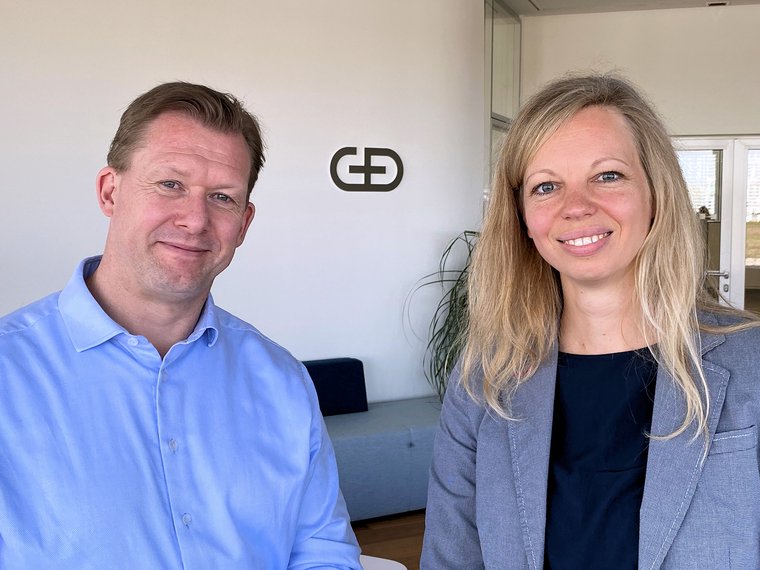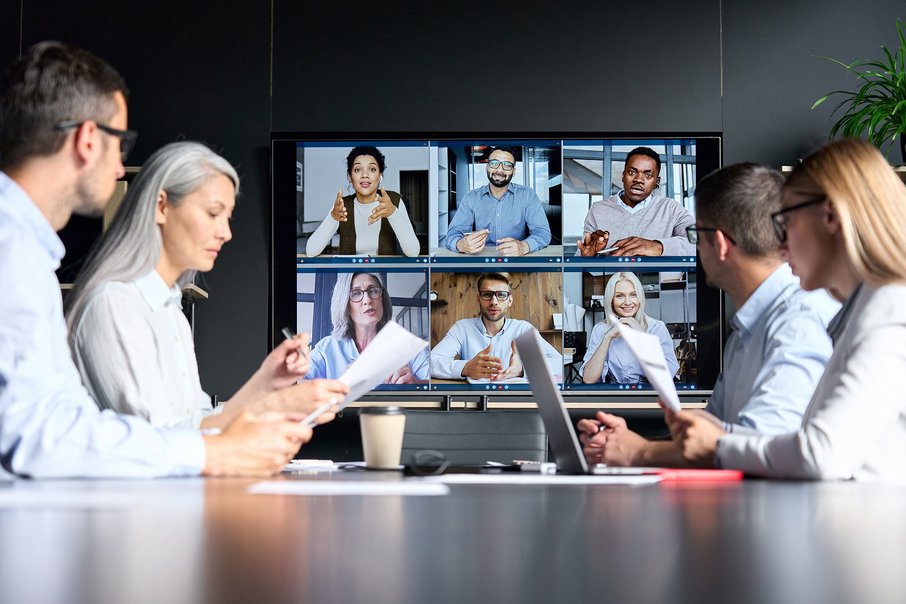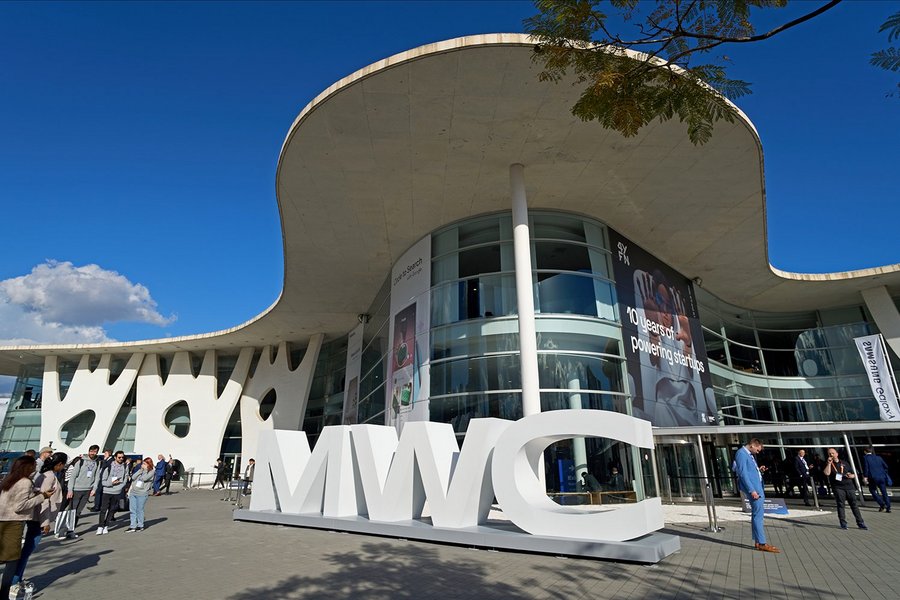Hybrid world of work
What hybrid work practices have you adopted at G+D?
Thomas: We do have one overarching approach for office workers within our Germany operations that provides flexibility. Various combinations of remote or office working are possible, as long as the employee and manager agree. That doesn’t necessarily apply to non-office workers, of course, or to our operations in other areas around the globe.
We differ from other companies in Germany, in that we don’t have quotas that stipulate how many days you have to be in the office. It has to be balanced, of course, and agreed on with your manager, but that balance might mean someone is spending this week in the office and all of next week at home.
Beate: As Thomas mentioned, hybrid work is not possible for all our workforce, e.g. our non-office workers. The opportunity to work hybrid is a privilege that our employees appreciate, especially towards those who don’t have it. We should foster an attitude that moves “from ME to WE.”
So, have you changed the physical structure of work to accommodate new modes of collaboration?
Beate: As part of our new approaches, we’ve adapted the physical work environment. Our Flex Office approach to desk sharing is one aspect, but we’ve also created lounge areas in the office where people can work together, collaborate, share creative ideas, play, and socialize. Some are themed as work lounges, others are more sports focused, where people sit at desk bikes or play table football, so people can meet, chat, relax, and then go back to work again.






